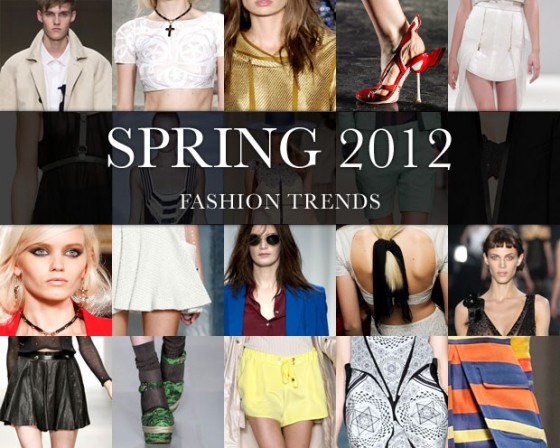Fashion is not an isolated industry. It is connected to the rest of our life. Fashion reaches beyond clothing and into the way we choose to live our lives. In order to understand a fashion trend and its influences, we need to be aware of what surrounds us in terms of our social-cultural way of living. And when it comes to fashion trends at universities, a lot goes into the equation. It is an age of awakening, where one explores different cultures and experiences with different social behaviours away from the safe haven that is home and school.
As we begin exploring what influences University trends, it is important to remember that university lasts between 2 and 4 years for most. This means that campus fashion is forever changing, with new fresh faces and styles coming every year, whilst some others exit unnoticed.
Three main aspects shape campus fashion trends: the new environments, new personalities and new finances. Sometimes, each of these merge, as is the case in the universities of the United Kingdom. Our universities are internationally renowned and unsurprisingly attract students from hundreds of various backgrounds, thus bringing each of these cultures, with their own way of seeing and using fashion, closer together. This enables students to inform themselves about different trends in different countries, and explore the pros and the cons with someone personally involved. Only last week did I have a long conversation with an Iranian friend about different aspects of having or not having a beard, as well as how baseball caps are seen in different cultures, whether it be pro-American or anti-American.
But cultural influences are not limited to locales exotic. Before crossing the international border of fashion, university students experience different sub-cultures within their own countries and communities. Most British-raised students are from a different town in the UK to their university, and so they bring their own sub-culture and ways of dressing to the campus, shaping and influencing trends in a small yet meaningful manner.
Those subcultures are shaped by many a thing such as political actuality and pop culture:
In the past year, the Keffiyeh has come back in style due to the media attention to the political unrest in North Africa. It is sometimes worn as a sign of support to our fellow Libyan students, but is most of the time used as a fashion item, which shows just how powerful current affairs are in deciding trends.
To prove the influence of pop culture, I will use the example of pop phenomena Gossip Girl, a major teen drama series, which has really been at the forefront of setting trends for young adults. A lot of women get their trend reports and style tips from what they see their favorite TV show characters wearing, and Gossip Girl’s styling team have taken that fact into account. By being fashion forward and even ahead of some trends Gossip Girl has proved to be a great model to young women who want to be updated on all things new in the fashion world. In the University of Exeter, there is always a strong correlation between what was on the last episode and what is worn in the following week. Observing such a phenomena first hand is incredible.
Most importantly, a new environment means no established self. Students can therefore create their own fashion identity in a way that they would never have done “back at home”. This is incredibly important, as university is a time when creating a new, adult personality becomes a priority. One wants to emerge changed. One wants to cut away from the past, to be accepted in the adult world. But as fashion mentors are rare, every student tries a different path. Some buy their first shirt at university. Some discover the power of ties. Others the power of pencil skirts and designer hand-bags. I bought my first suit in University, and never regretted it. Some even decide to leave all their 6th form clothes behind and buy a whole new wardrobe during fresher’s week. Sadly, being a student also involves having restrained financial freedom, which means that most can not afford a new designer dress or suit every season. Most students shop during the sales, in unwanted remains of previous collections, in charity shops… Many also invest in vintage or try to make their own accessories. All this creates a wardrobe that cannot be seen anywhere else. It is a patchwork made of different cultures and sub-cultures, where Prada meets Urban Outfitters on the hangers and where Kurt Geiger shoes are hidden behind Primark sandals. And so every year, a completely new combination is created, enabling students to walk towards their future with their head high, proud of being unique in one of the last fortress of un-parented, un-corporated fashion.





